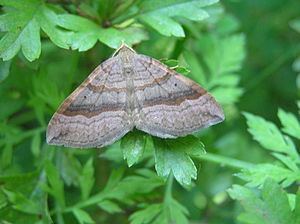Higher classification Scotopteryx | Family Geometridae Scientific name Scotopteryx chenopodiata Rank Species | |
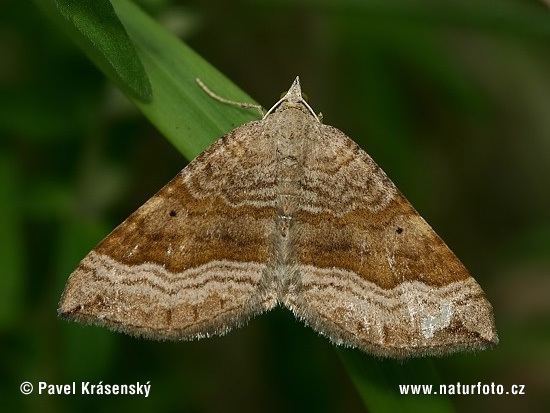 | ||
Similar Scotopteryx, Butterflies and moths, Common carpet, Xanthorhoe ferrugata, Epirrhoe | ||
Pihamittari scotopteryx chenopodiata
Pihamittari scotopteryx chenopodiata
Description
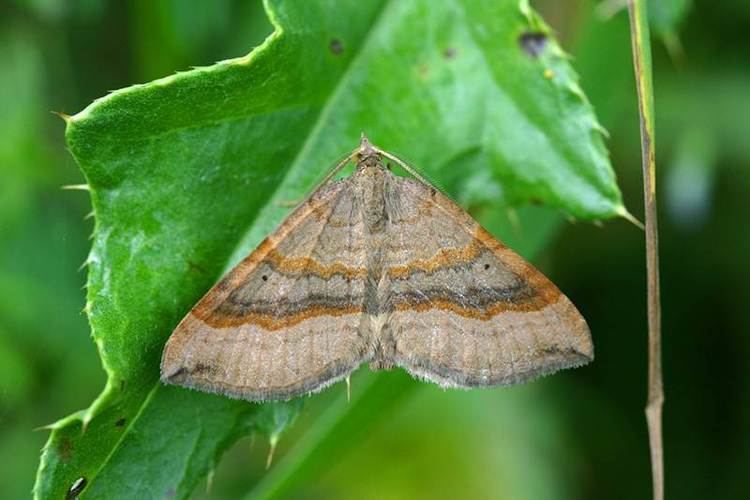
The wingspan is 25–30 mm. The length of the forewings is 16–19 mm. The colouration is highly variable. It ranges from yellow-brown,light brown, red-brown and grey-brown to grey. The forewings have several, mostly parallel, undulate crosslines. There is a prominent broad dark brown band in the median field comprising two distinct shades, the middle being greyer, the edges more ferruginous. In addition, the females are usually brighter yellowish than the males, but both sexes vary in tint. There is also a small apical streak. The hindwings are pale with faint crosslines.
Variations
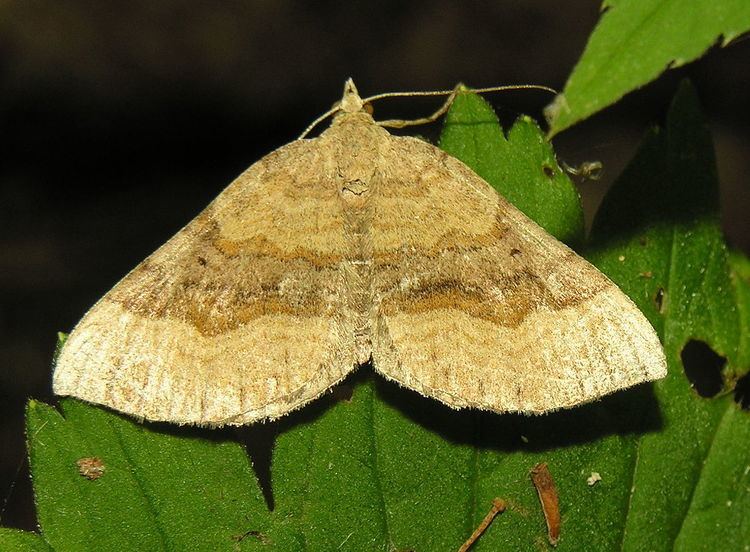
Biology
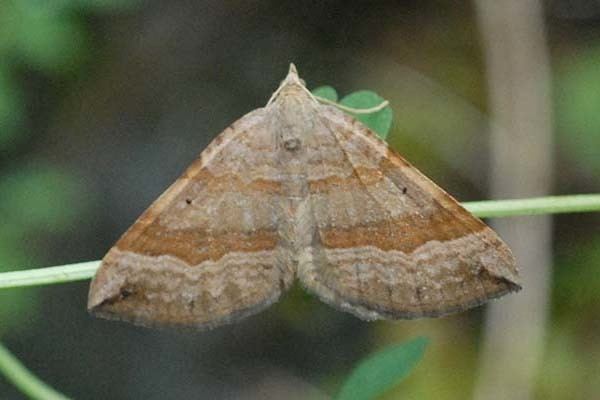
The moth flies in one generation from June to August.[1] The larva feed on Centaurea scabiosa, Centaurea jacea, Knautia arvensis, Knautia dipsacifolia, Scabiosa columbaria, Cirsium arvense, Cirsium oleraceum,Origanum vulgare, Thymus pulegioides,Sanguisorba officinalis, Eupatorium cannabinum, Calamintha clinopodium, Solidago gigantea and Vicia cracca.
Distribution
This species can be found throughout much of the Palearctic from Europe it extends across Central Asia to Siberia, the Russian Far East (Sakhalin), Amur, Altai Mountains, and Ussuri.
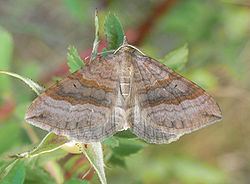
In Europe it extends from the Iberian Peninsula, in the North, to Northern Fennoscandia in the South to Peninsula Italy and the Balkan peninsula.
